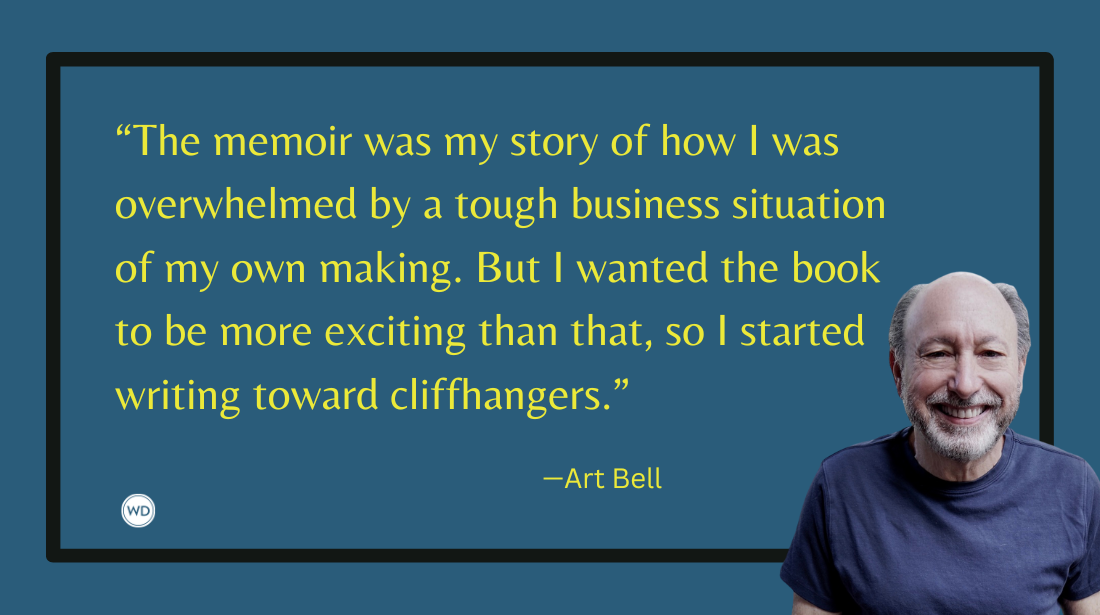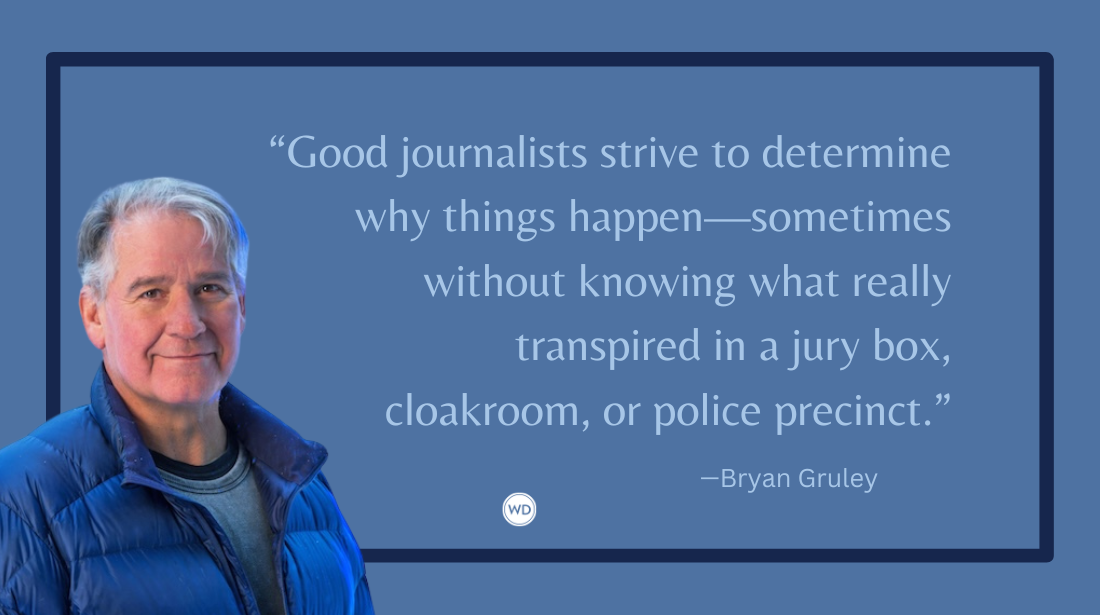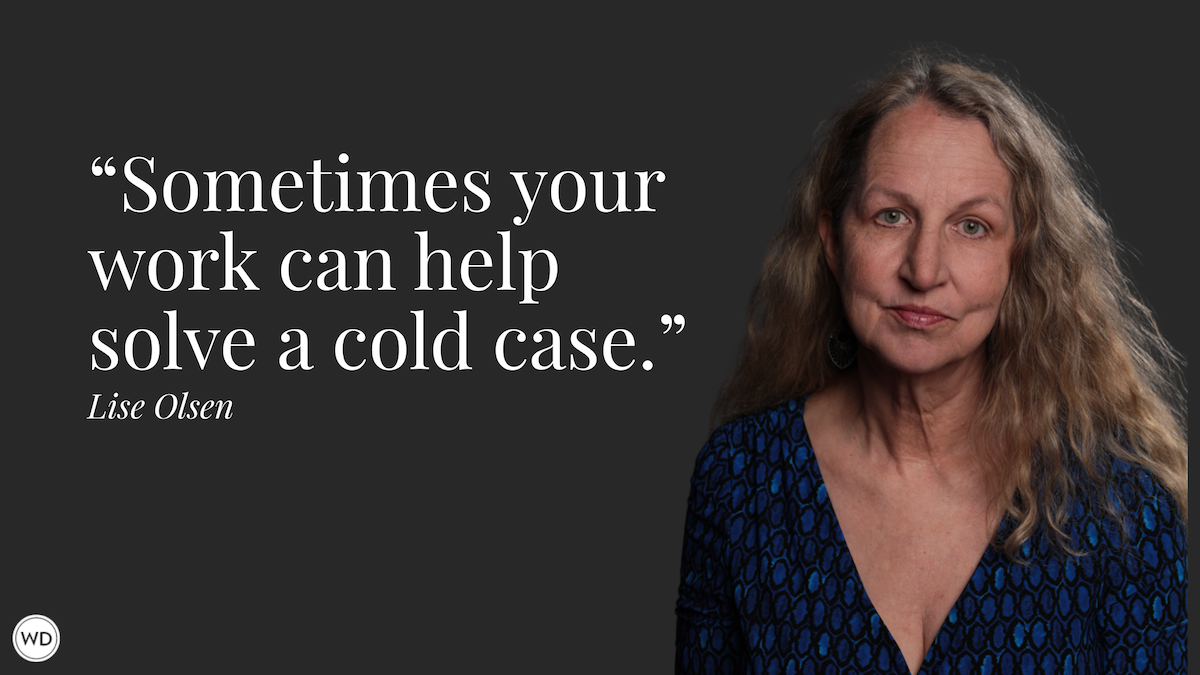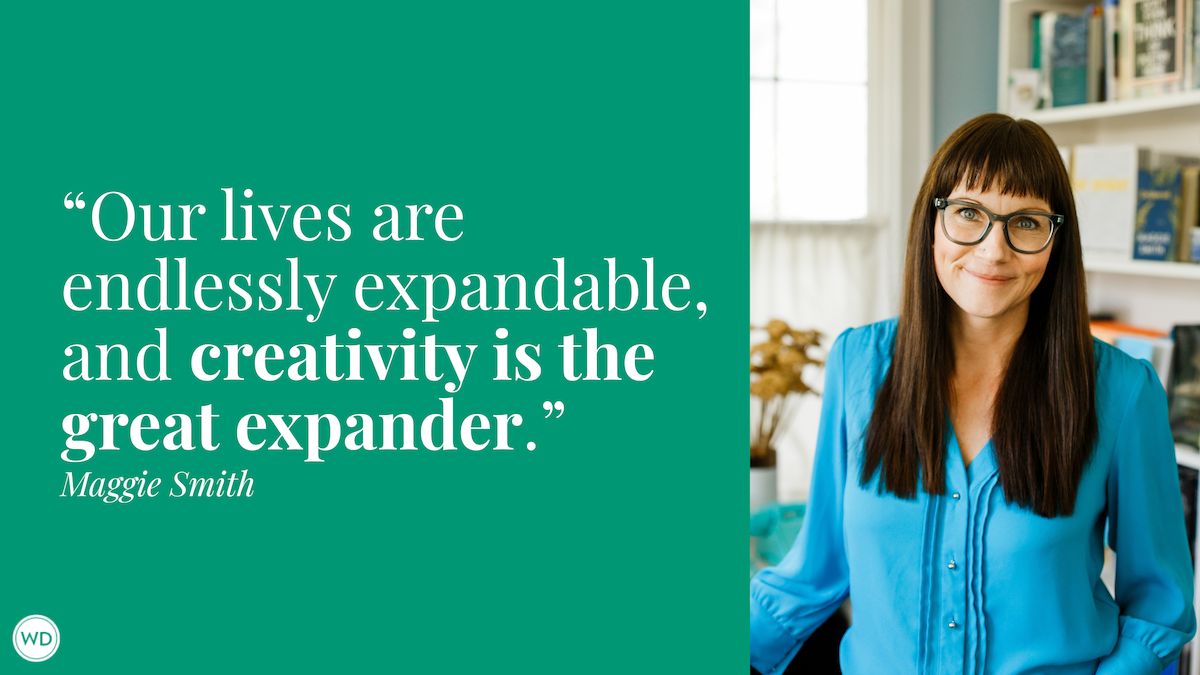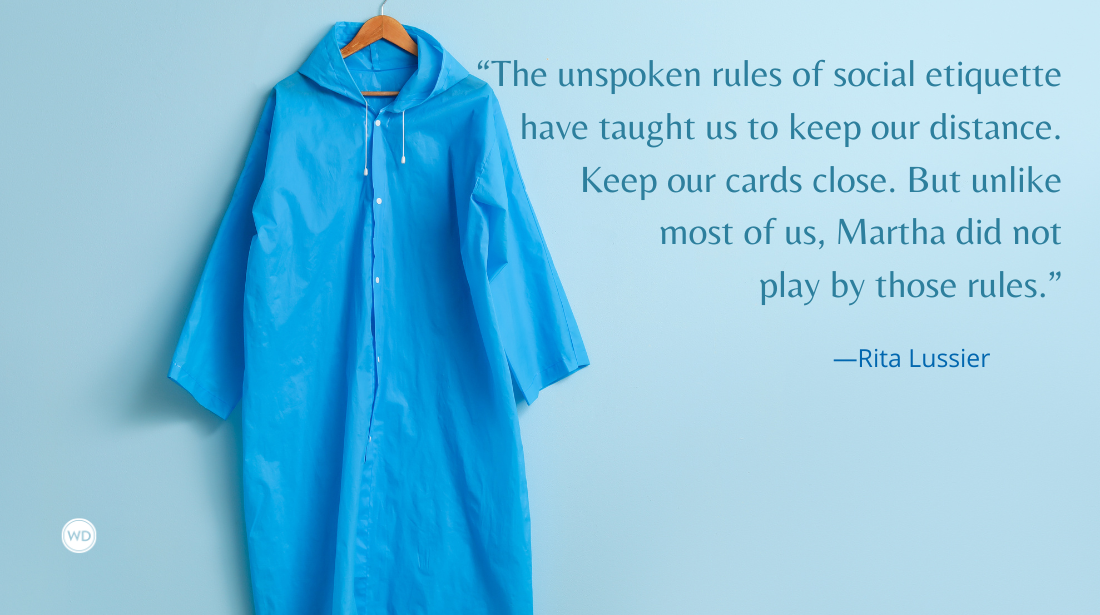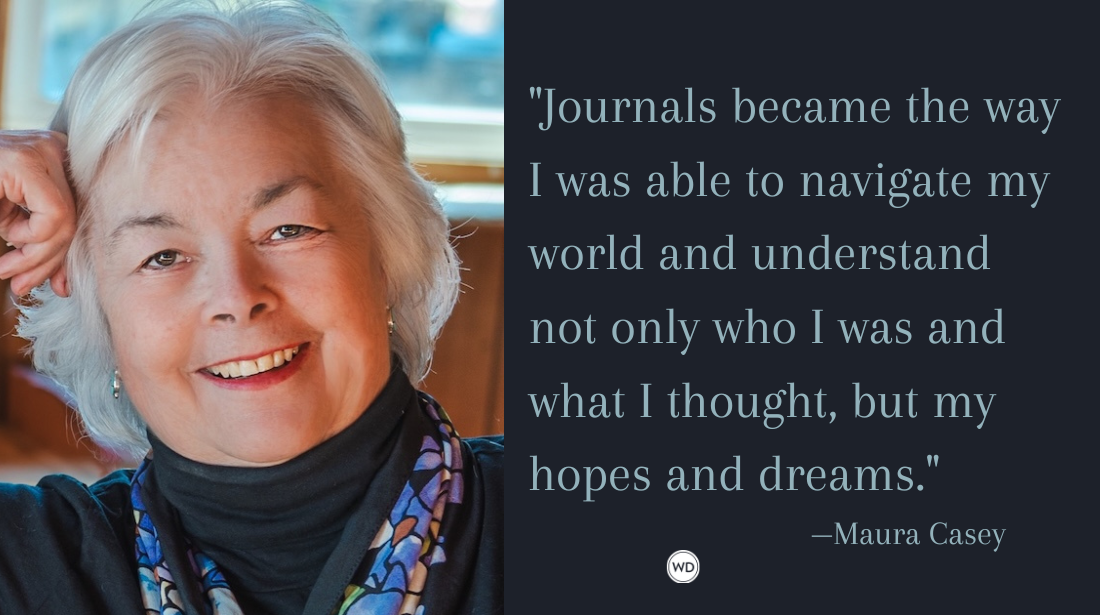The Story Wrote Me
When personal tragedy led to hundreds of blogs, author Charlotte Maya knew she had a story to tell. Here, she describes how the story wrote her.
(Trigger warning: Suicide. If you or someone you know is struggling with mental health, help is available. Dial 988 or visit 988lifeline.org for free and confidential support.)
My first college English paper was returned to me with red ink sprawling across the page like a map of Los Angeles showing rush hour traffic during the summer on a night when the Dodgers were playing at home and the Hollywood Bowl was sold out. And I had only taken freshman English because I thought it would be easy, a nice wordy break from calculus, physics, and chemistry.
“You just need to read more,” Dr. Wallingford encouraged. More? I thought of myself as a bookish library girl. As a teenager, I spent many a content Saturday evening perusing the shelves of our local independent bookstore and then curling up with a new paperback in hand. I was a slow reader but a consistent one. I didn’t know yet what I was capable of.
Four years later, I crossed the lawn of the quad in my cap and gown on a hot Houston day in May and caught Dr. Wallingford’s eye. She smiled, proud as a parent. I had forsaken engineering and, not quite knowing what to do with my shiny new English degree, went to law school, which is where I met Sam.
By the fall of 2007, Sam and I had been married 15 years. Our children started first and third grades, and for the first time since our older son was born, I would have predictable, reliable time without children in tow. I had been looking forward to writing, attending a Tuesday yoga class, maybe taking a solo trip to the market. When I think about it now, I have no idea what I thought I’d be writing about. Sam’s death was never the story I had expected to write.
Within a matter of weeks, I had returned to the practice of law (trusts and estates, ironically), and Sam had died by suicide. He left me with six- and eight-year-old children, a Cavalier King Charles Spaniel, and a note that said essentially, I’m sorry. I love you. As a newly widowed single mom, my writing time was replaced with work, therapy, and insomnia. I kept the Tuesday yoga class.
I was transparent about Sam’s death — the shock of it, the ways my children and I struggled, the many iterations of God’s name I took in vain. When the policeman came to my house to inform me of Sam’s death, he had told me to tell the children the truth, “because,” he had said, “you do not want them to find out from somebody else.”
This was one of the few things that made sense to me at the time. It still makes sense to me. Telling the truth can be a powerful change agent.
I started a blog, SushiTuesdays, on which I posted my thoughts on widowing, parenting, running, and healing. We added a puppy to the family, a French Pointer named Scout. After writing a book’s worth of blog posts, I had hundreds of pages but not a cohesive story. I did, however, have a community who encouraged me to keep writing and a reliable canine running partner.
The particular challenge of memoir was learning to craft a story out of my own life. All my people are precious. So much of our shared history feels relevant. And yet, not everyone or everything belongs in the story. Scout, for example. He points at butterflies and glances at lizards, a hunting dog with no interest in hunting. But he does bark when anyone comes to the front door. The doorbell is broken, but the dog works. He’s still a great companion, whether for a leisurely walk or a long read. The 50-pound so-called “hunting dog” will curl right up on any stationary lap. As dear as he is to me, Scout doesn’t have a role in the book.
I didn’t write the book for therapeutic purposes; I had a therapist for that. I wanted to share my story because suicide is the 10th-leading cause of death in this country — second for the age group 25-34, horrifyingly — but we don’t talk about it. The desperation surrounding suicide is difficult to articulate and hard to read.
As a family in grief, we also had moments of laughter and gallows humor, which proved tricky to translate to the page. I tried not writing the book. And yet, the story started to feel like a planet that wouldn’t let me out of its gravitational pull.
The defective hunting dog started to gray a bit around the muzzle.
I hired a book coach. After six months of working together, I had a robust outline. I thought the book would pretty much write itself. It didn’t.
Meanwhile, the child who was six when his father died started college, only to return home in March of 2020 for the #worstspringbreakever.
I completed a first draft. I set it aside for a couple weeks and then started to read the entire thing from the beginning. 50 pages in, I didn’t even care what happened to me. In real life, these were people I loved. But follow them for another 300 pages? No, thanks.
Nobody was asking me to write the book, except—it seemed—the story itself. I couldn’t resist the pull back to the page, a koan I wanted to crack.
I shipped the second draft off to my book coach, who returned it three months later. She had covered this version with edits and comments, resembling the red-lined gridlock after a multi-car pileup on the Golden State freeway. She assured me this was part of the process.
As I walked the dog, I noticed metaphors sitting in trees or riding their bikes. I pulled out my phone and looped a phrase around them, which I then sent to myself in an email. By the time I was home staring at my laptop, my cryptic words had lost some momentum.
I reminded myself that I didn’t have to torture myself with this project. The book disagreed. After six more months, I had wrestled draft number three into a Word document.
Two more drafts and another New Year’s later, I called a friend from college to let him know that I had signed a contract with a literary agent. He laughed, a full-throated Texas guffaw. “You have an agent,” he said. “That is the most Los Angeles thing I have ever heard.” I didn’t tell him that I was calling him from my Tesla, on my way home from an early morning yoga class, and planning to make an açaí bowl for breakfast.
My son’s college graduation is set for May, and I feel like I’m starting my grown-up life alongside him. My first book is coming out this month.
It is an act of alchemy to turn a blank page into something else, a contract, a letter, a poem, a play, to translate the feeling pulsing at the edge of my hairline into words, into images, creating texture out of something flat, rising up off the page like mountains pushed up into existence between tectonic plates. My practice of this craft has turned me into a writer. Somewhere, Dr. Wallingford is smiling. And I imagine Sam is smiling, too.
Charlotte Maya was born and raised in California. She received her B.A. from Rice University in Houston, Texas, and her law degree from UCLA. She practiced Trust and Estate Planning law until deciding to raise a family. Widowed at 39 when her children were six and eight as a result of her husband’s suicide, Maya writes about suicide loss, resilience and hope on her blog, charlotte-maya.com. Charlotte’s writing explores the intersections of grief, parenting and self-care, particularly within the context of suicide. Her work has been highlighted in The New York Times (Modern Love essay), Hippocampus Magazine, and on The Mighty, and she has been featured on the A2A Alliance and the Your Next Chapter podcast with Angela Raspass. Charlotte lives in Southern California with her family and enjoys hiking in the local foothills, as well as downward dogging with her so-called hunting dog.



